Estimated reading time: 7 minutes
When most of us think about the lifestyle of Native Americans, we think of nomadic warriors and hunters. This is the image of the tribes collectively known as the Plains Indians; but it by no means depicts the life of all Native Americans.
The inhabitants of Mesa Verde, who lived in their cave cities, farmed the tops of their mesas from about 550 AD to 1300 AD. Had the Native Americans who lived in the area of Plymouth, Massachusetts not known farming and shared their knowledge with the Pilgrims, it is likely that those who came to the New World on the Mayflower would have died of starvation.
The Native Americans lived much closer to nature than the colonists who came to the New World, and much closer to it than we do today. They learned much about the world around them, having their own science that derived from observation of nature. That knowledge helped them to survive and thrive in a wild land that was quite different from the European countries which the colonists had come from.
Many of these gardening tips and farming practices which are used today can trace their origins to Native Americans and what they learned by living in such close harmony with nature.
Want to save this post for later? Click Here to Pin It On Pinterest!
Companion Planting
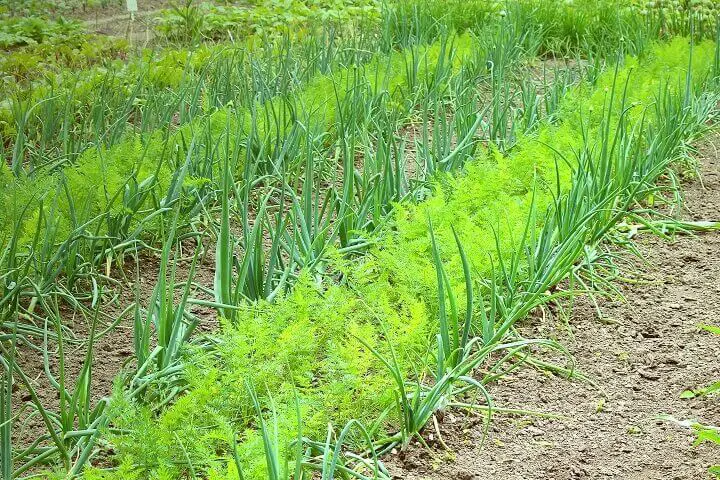
Perhaps the one farming technique that Native Americans are best known for is companion planting. Through their observation of nature, they discovered that some plants grow better when planted together with others. The “Three Sisters” talked about in gardening were a Native American discovery.
If you’re not familiar with the Three Sisters, they are corn, beans and squash. Each benefits the others, making them a good combination for planting together.
The corn provides natural trellises for the beans to grow up. The beans pull nitrogen from the air, putting it into the soil, where it helps all three grow. The large leaves of the squash cover the ground, providing a natural “mulch” to keep moisture in. At the same time, the prickly leaves deter racoons and other pests, who don’t like walking on them.
Crop Rotation
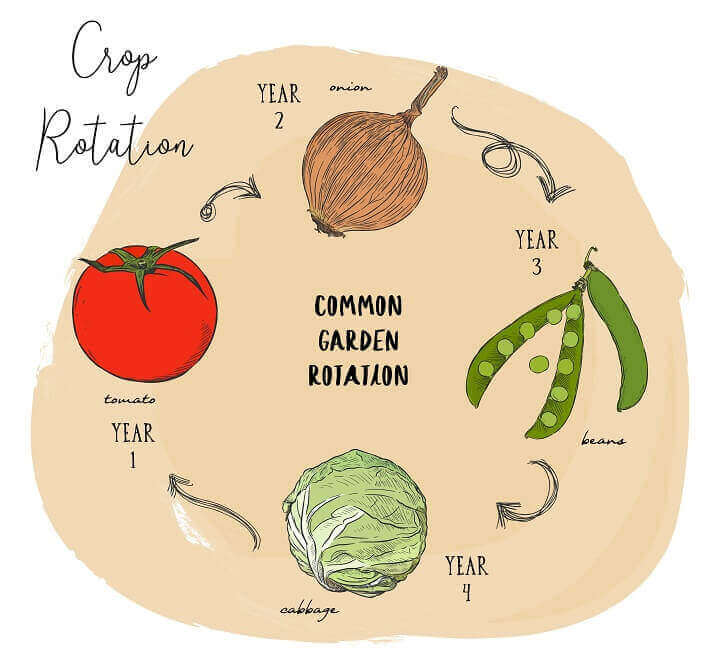
The Native Americans also learned the need to allow the land to replenish, so that they could receive the most abundant harvest. Besides moving their garden plots, they would also rotate them, planting different types of crops in each, every year.
As each type of crop had its own needs, as well as providing something back to the soil, just as the beans would add nitrogen, this kept their soil fortified, so that they could get the most from their harvests.
Crop rotation also combined with natural composting, as the Native Americans observed how dead plants are broken down in a never-ending cycle, returning nutrients to the soil.
No-till Gardening
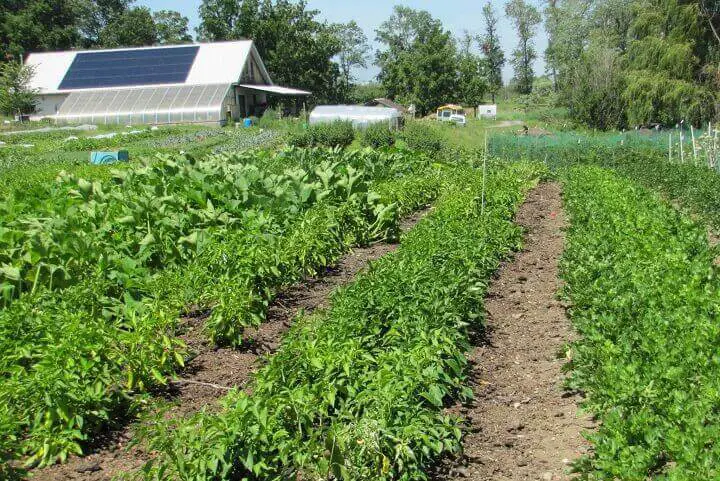
Tilling the soil, plowing it up to prepare for planting, is a European invention which the Native Americans didn’t practice. They didn’t have the understanding of metallurgy, which would allow them to make plows, nor did they have the horse to pull the plow.
Interestingly enough, we are just now learning the value of no-till gardening; how leaving the soil undisturbed allows the mycorrhizal fungi to flourish. These fungi form a symbiotic relationship with the roots of plants, bringing them nutrients and water in exchange for carbohydrates they need to survive. Mycorrhizal fungi increase the yield of any farm and can allow plants to grow in otherwise unsuitable soil.
Irrigation
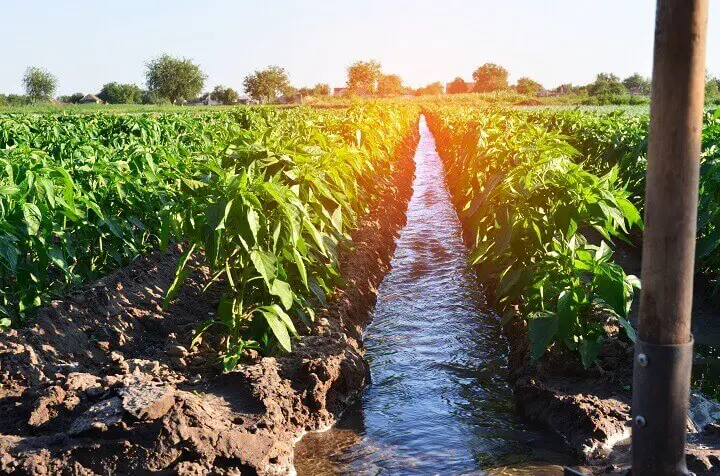
The Native Americans didn’t have the technology or tools we have available to us today. Yet many lived and planted in areas which were quite arid. They had to depend on the infrequent rains to water their crops. This led them to develop catch basins for water, cisterns and even reservoirs.
While those here in what is now the United States didn’t build canals for irrigation, the Mayan people of Mexico were known to do so. Some of those canals still exist today, much like the Roman aqueducts do.
Irrigation was a had way for the Native Americans to farm, as it usually required hauling water by hand from their reservoirs to the fields in order to water their plants. Nevertheless, it allowed them to not only survive, but flourish in areas that the white man had trouble living in.
Fertilization
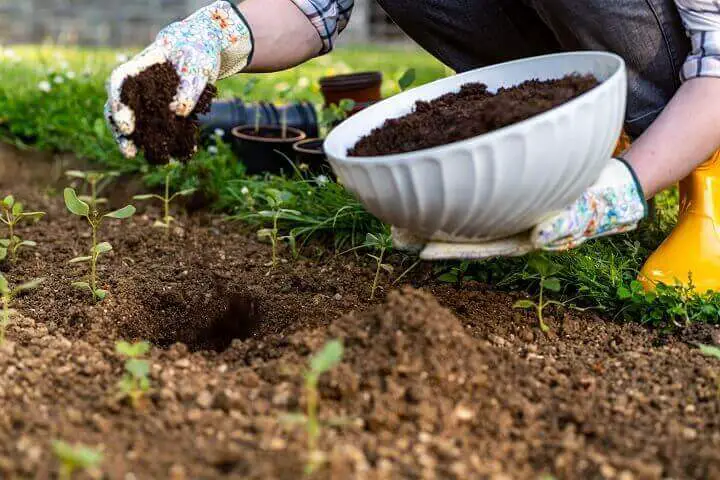
Fertilization was another common Native American tactic and one they taught the Pilgrims. Somehow, they figured out that fish provide the three main nutrients that plants required to grow.
So, they would either put small fish in the ground with their seeds or parts of fish, even fish offal leftover from what they ate. The fish provided instant nutrition for the plants, as bacteria broke down the flesh. It also fortified the ground, ensuring that the ground would remain fertile for years to come.
But fish weren’t the only thing those early farmers used to fertilize the soil. They also buried bones and other scraps in the ground, understanding that all returns to the soil at some point in time. Their observation of nature and how plant and animal life is naturally broken down led them to what could be considered early composting, right in their gardens.
Terracing
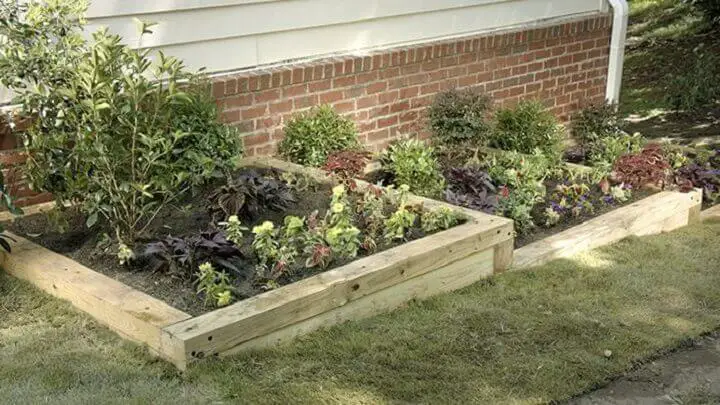
Terracing provides a way for the Native Americans to farm hilly or mountainous terrain, especially where rain fall was seasonally sporadic and the rain fell hard when it did.
Without terracing, heavy rainfall causes the nutrient-heavy topsoil to wash away, leaving rocky mountainsides which are hard to farm. By building terraces, not only was the rain captured, so that it could soak into the ground, but the soil itself was held in place.
Terracing was used predominantly in the Southwest, where rainfall is seasonal. The terraces themselves were formed by building rock dams that would capture and distribute the rainwater. This also caused the growing terraces to form, as soil would be captured by those rocks.
Harvesting and Saving Seed
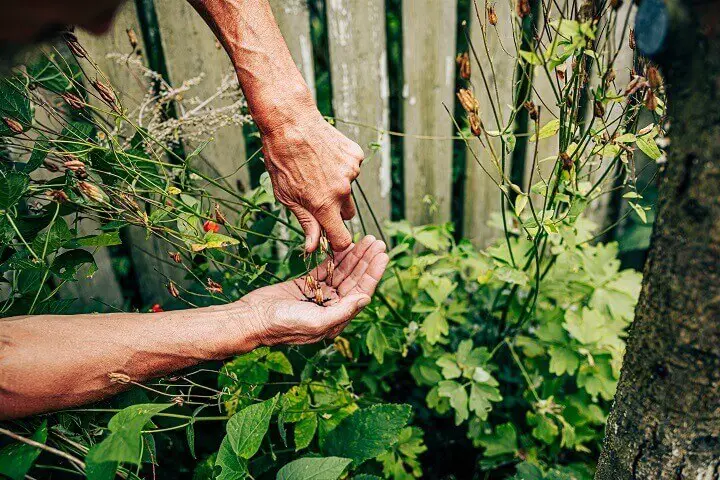
Finally, the Native Americans learned how to save seed, recognizing that not all seed was equal and that they could improve their crops by the seed that they selected and saved. Corn, otherwise known as maize, became a staple as they saved the best of their seed, improving the quality of the plants they grew.
They would be sure to plant the various types of corn far apart, so that they would not cross-pollinate, thereby improving the various species over time.
The corn we have today is a direct descendent of what those Native Americans planted. However, it looks much different. In the beginning, maize was more of a grass, than what we know as corn. It was through their selective seed saving and planting that the species grew and became more robust, producing more grain per stalk.
Like this post? Don't Forget to Pin It On Pinterest!
You May Also Like:




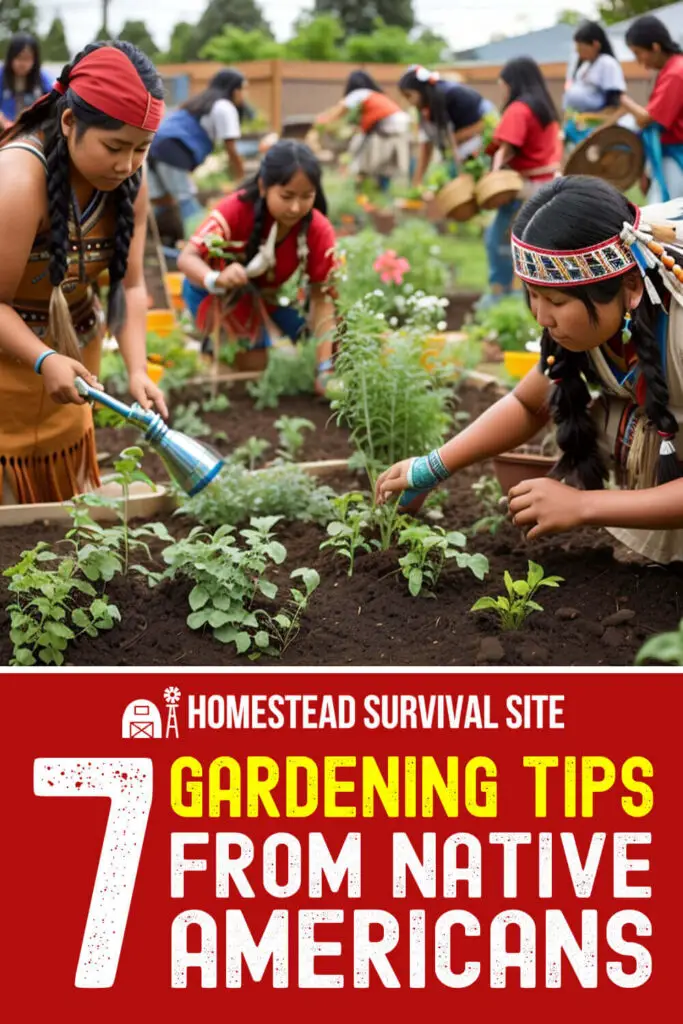






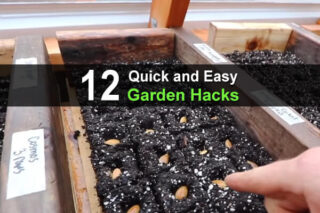

The Arizona Indians did indeed build aquifers in the Valley of Phoenix.